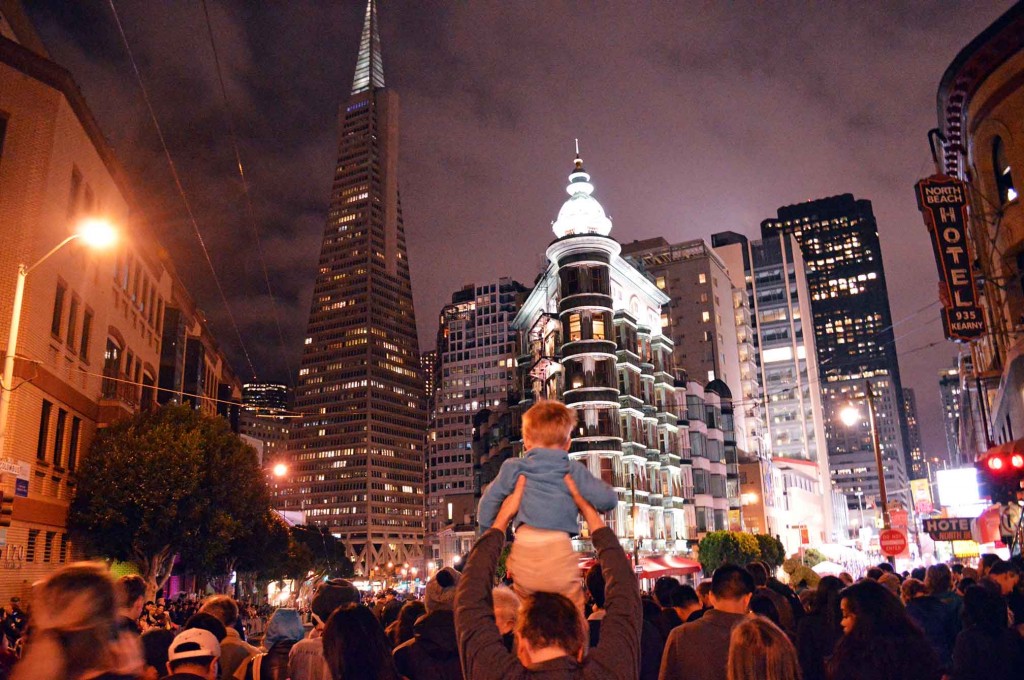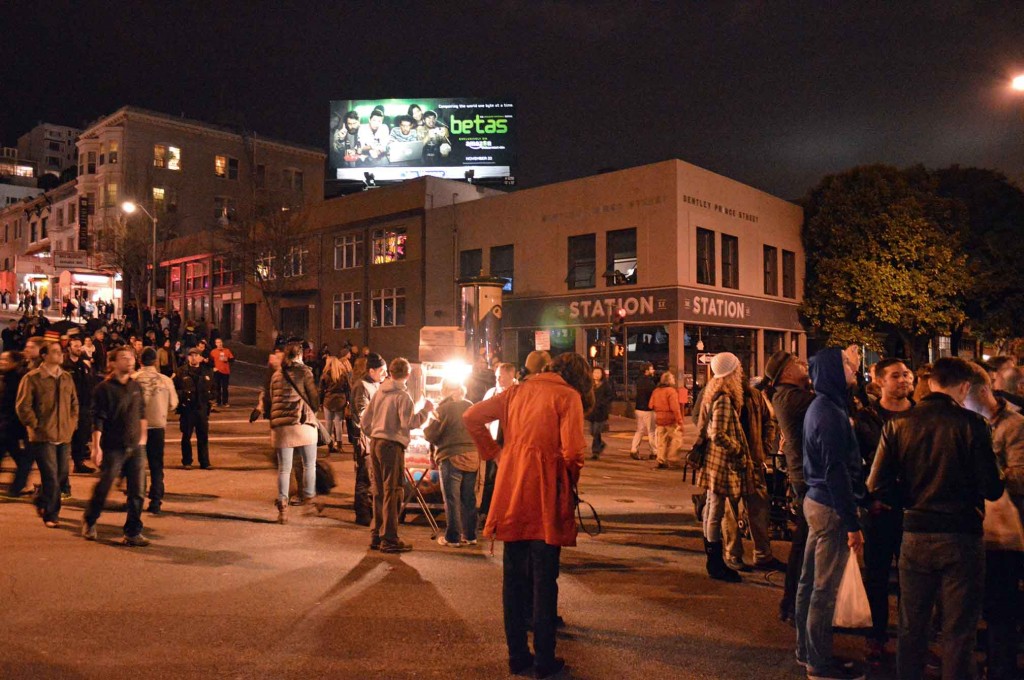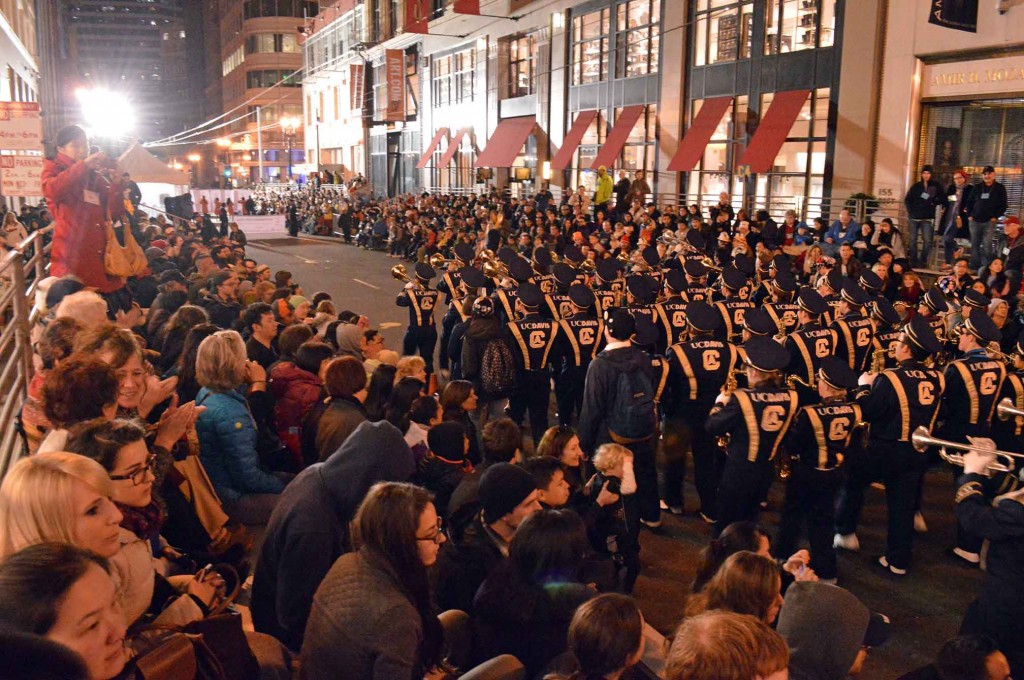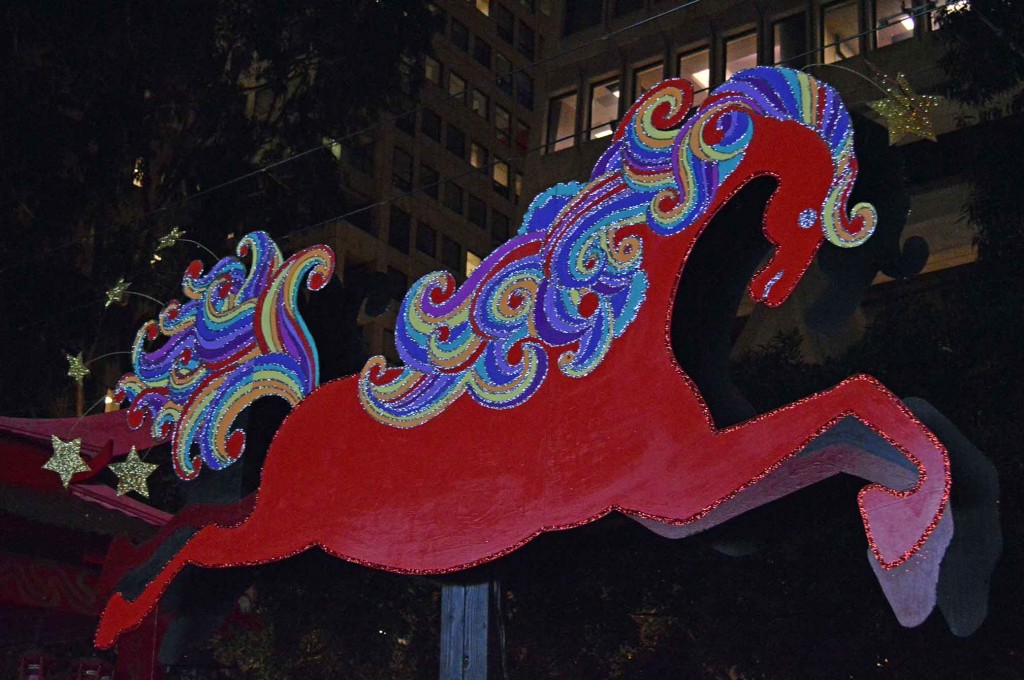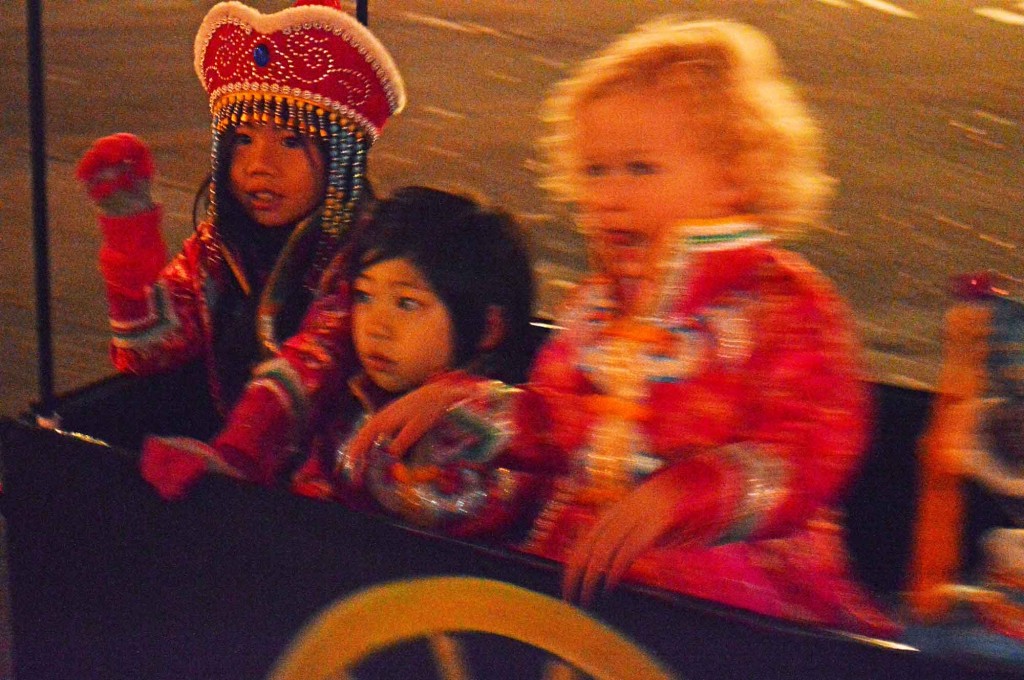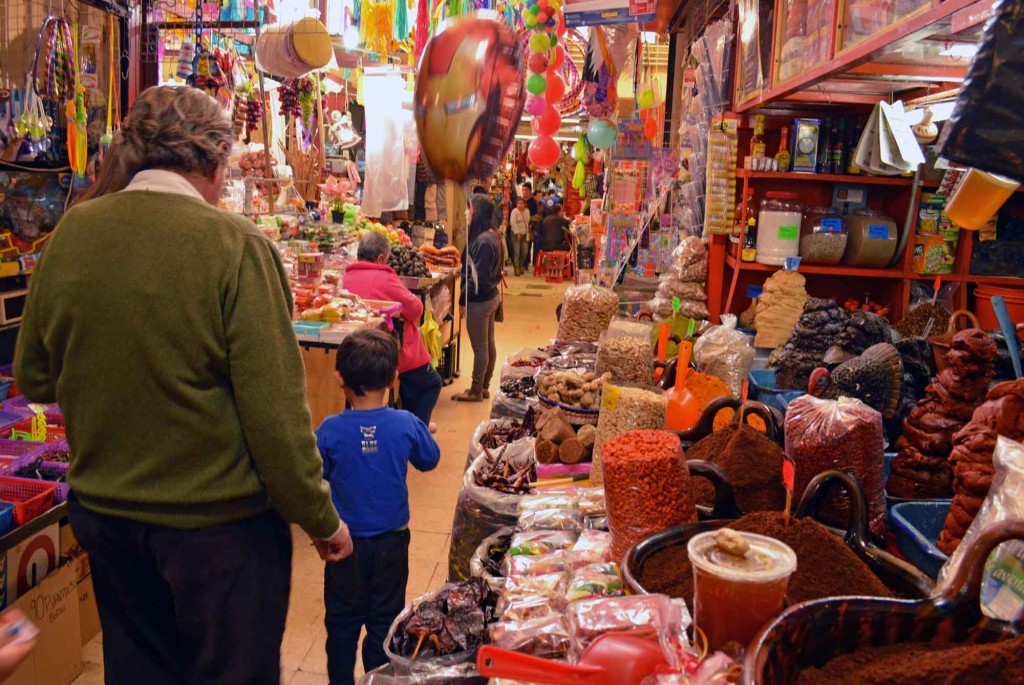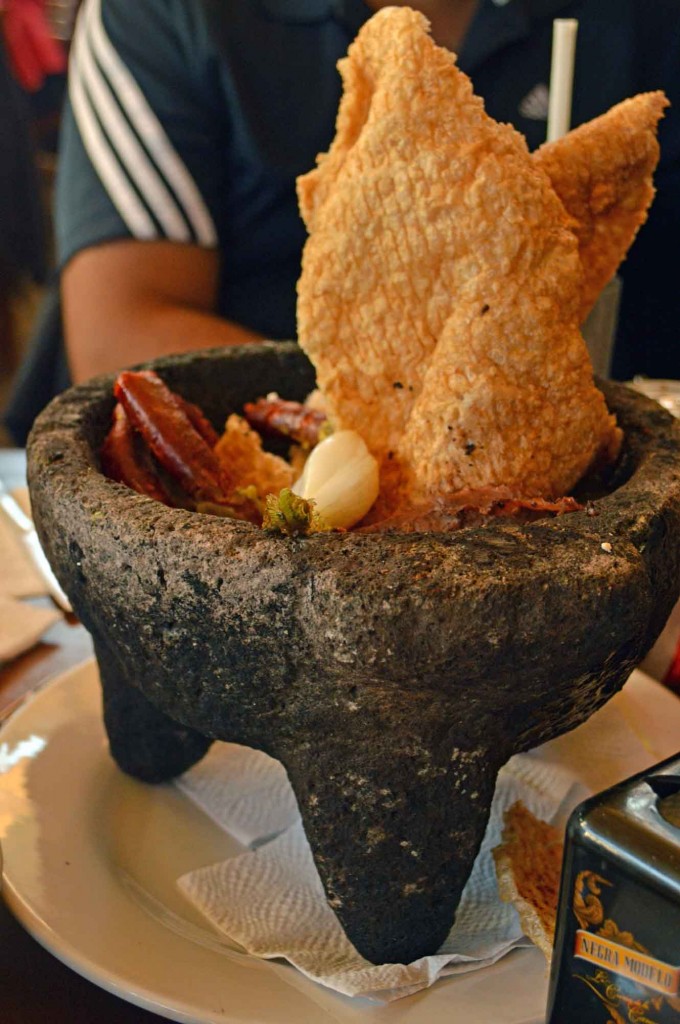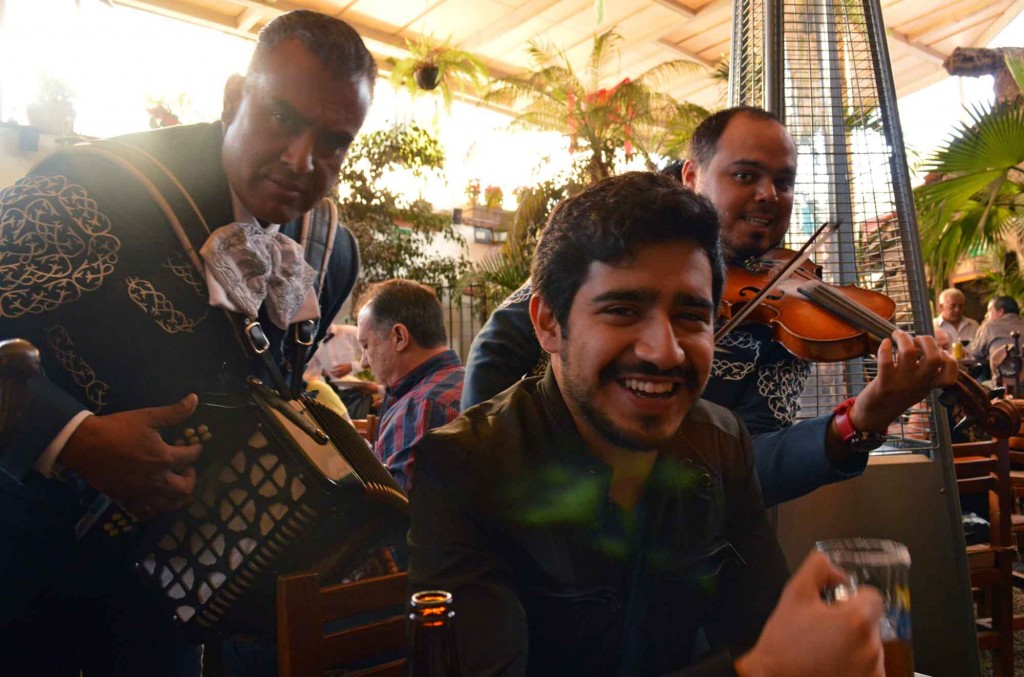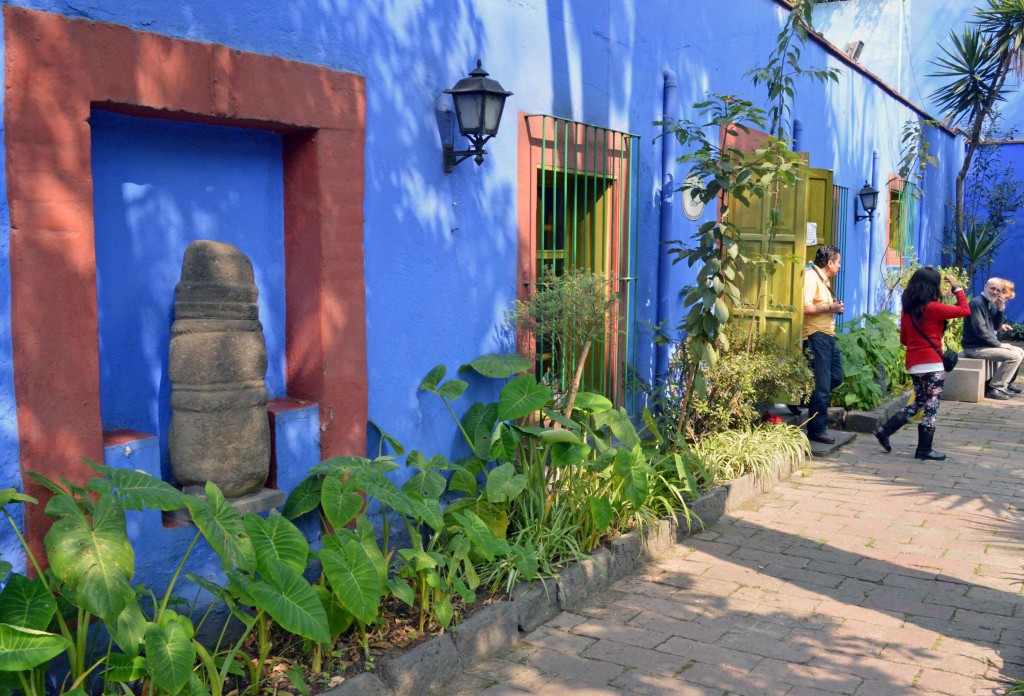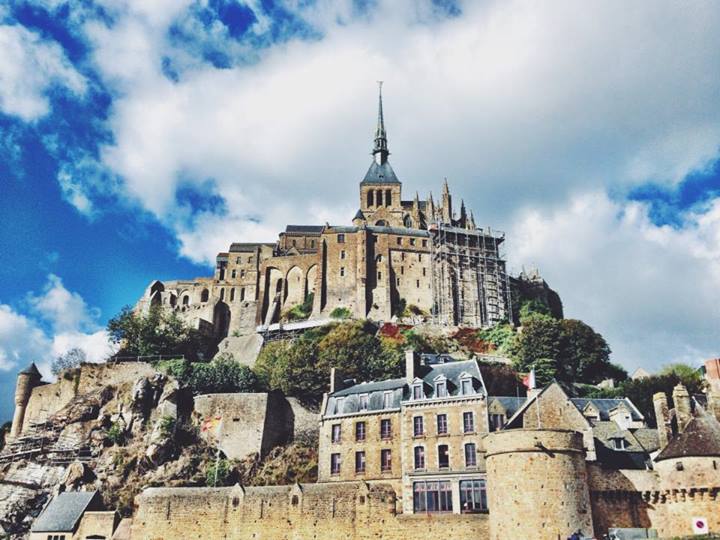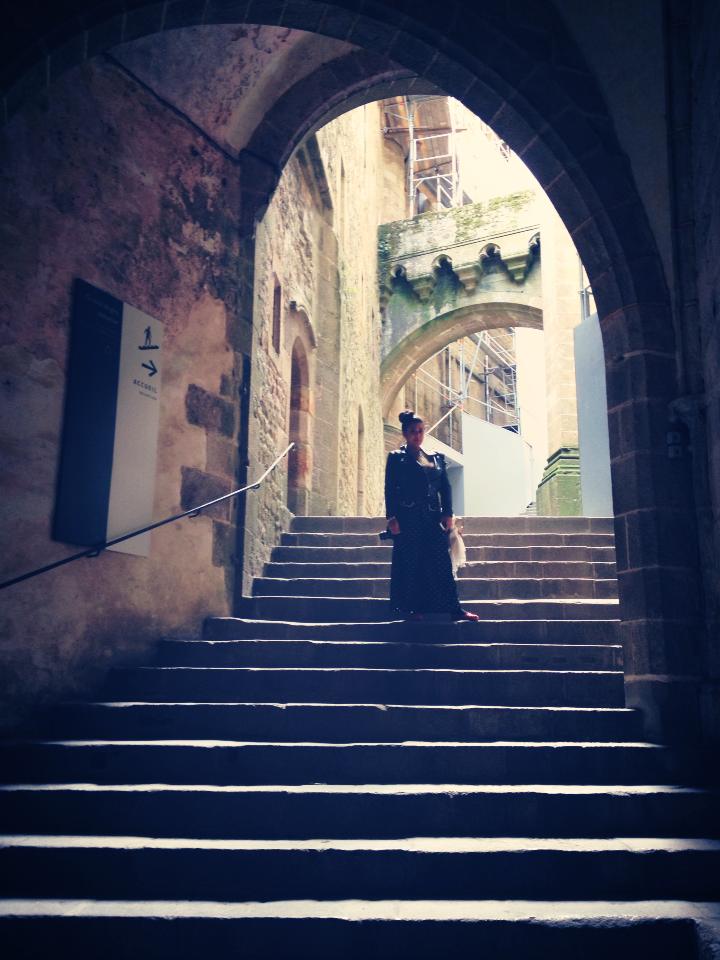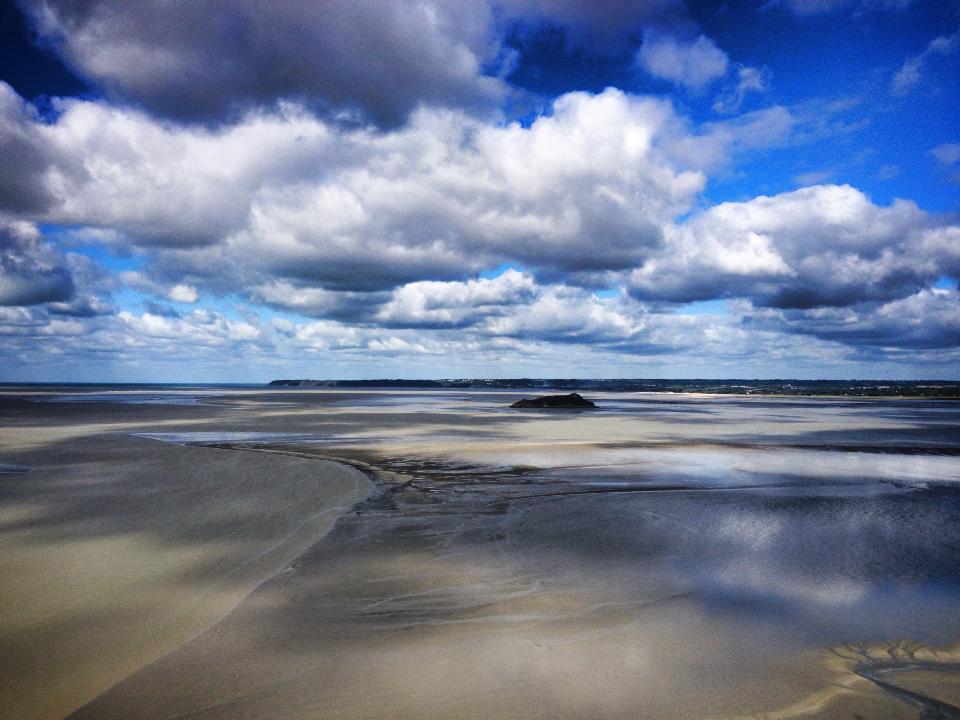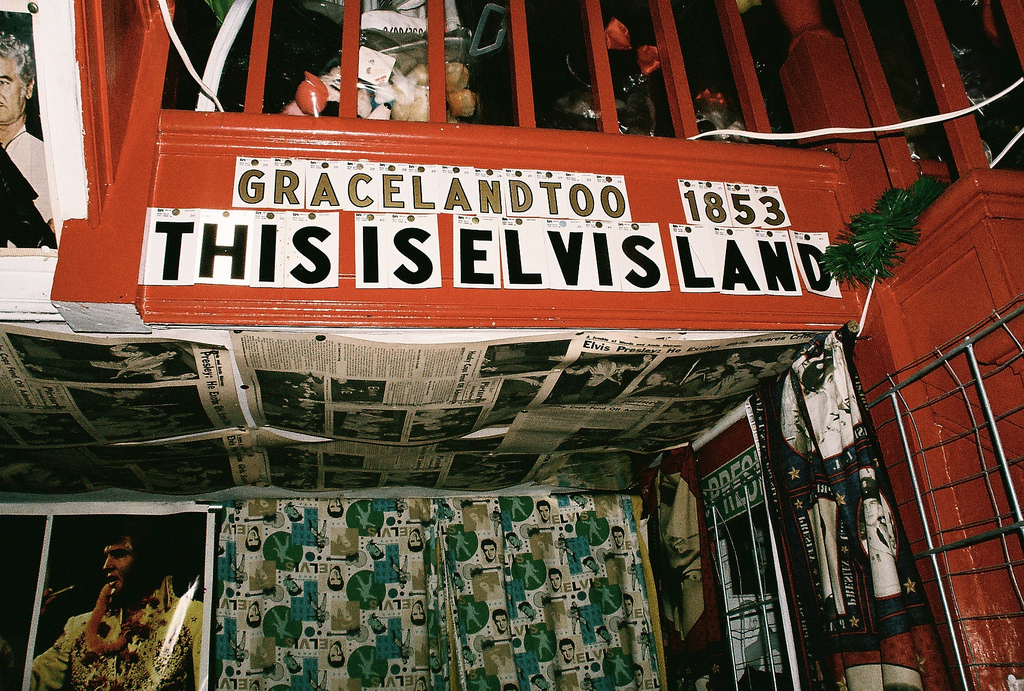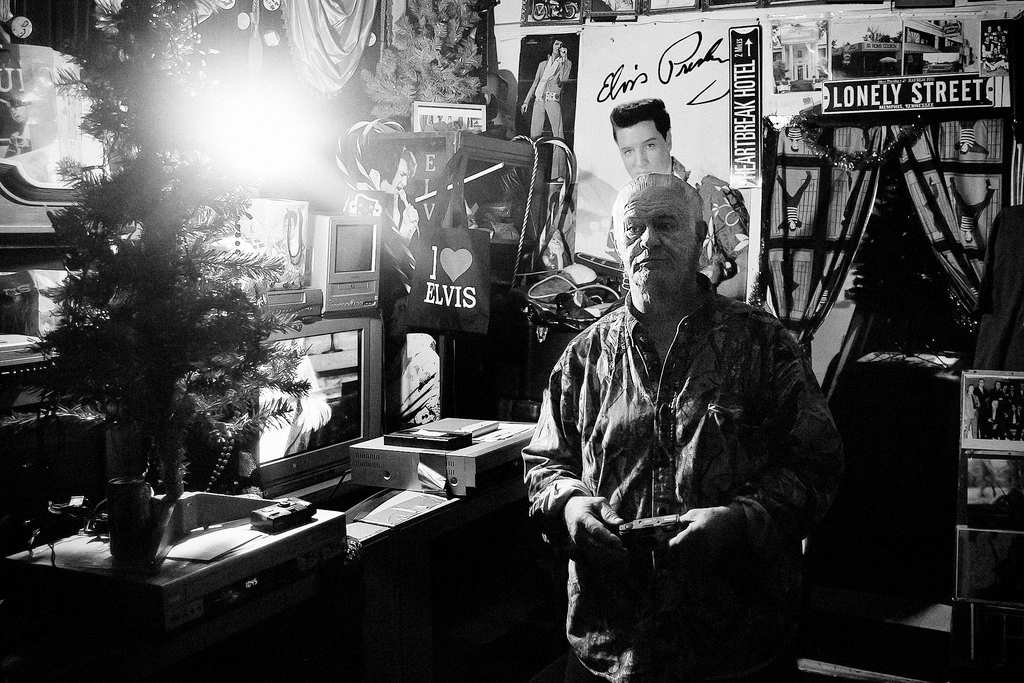When I arrived in San Francisco, one of the first things I noticed was the huge Chinese community. In my home country–France, Chinese people represent a very small part of the population, but here in San Francisco, they form the biggest immigrant community. Chinese-Americans represent more than 21% of the city’s population. Chinese culture was so foreign to me; all I knew about it was dragon puppets and sticky rice! Naturally, I was very curious to learn more, so one day I decided to visit Chinatown.
Located right in the heart of downtown and covering 1.34 square miles, this area is an important part of San Francisco. In fact, it is the largest Chinatown outside Asia, and the oldest in North America. When I ventured to Bush and Grant streets, I found the grand entrance to this famous neighborhood. I walked through its lovely gate, which is the only authentic Chinatown Gate in North America. Upon entering, I was surrounded by indecipherable Chinese characters, small stores, typical tiny restaurants and stalls selling fruits I didn’t even know existed. Behind their little windows, bakeries offered the best prices on fortune cookies–my favorite! This day, I literally felt transported to a land that is over 6000 miles away from the City by the Bay. Afterward, I realized that was nothing compared to what I was going to see later during my stay in this incredibly diverse city.
Indeed a few weeks later, I read on the Chinatown website, “Saturday February 15,Th 5pm, Union Square. The Chinese New Year Parade will go from Market Street to Powell, then Kearny to Colombus. “What is that?” I wondered. I had no idea what to expect, but reading that people were coming from all over the world for this celebration, I really didn’t want to miss it. Nowadays the parade is a major annual event in the Bay Area. The parade began more than 150 years ago to when the first Chinese immigrants arrived here in 1848. At that time, the California Gold Rush attracted a mass of Chinese people to the area to work as gold-miners. The parade quickly became a way for them to celebrate and share their culture.
On the day of the event, I arrived just on time, right when the first loud firecrackers were lighted to announce the celebrations launching at Union Square. A vast crowd was already gathered and I understood that being on time only means accepting to stand behind people who arrived hours in advance. As soon as the first trumpets sounded, the processions began without interruption. From the beautiful dancing girls to martial arts groups, the parade was so varied! It included stilt walkers, boy scouts and church groups, all smiling and holding huge flags, wearing costumes and uniforms. I also saw glimmering classic convertibles with politicians who greeted people and waved while passing the crowd. High school bands marched down the street, preceded by big banners announcing their arrival, as well as lion dancers and acrobats. Suddenly, loads of floats passed in front of us, all impressively decorated with glittering paillettes, painted flags and with amazing imagery of dragons, every single detail of the floats was resplendent. Some floats were quite long, beautiful and moved slowly. Other floats carried wonderful women who posed like movie stars in their incredibly refined dresses—they looked perfect! I noticed a common theme among the handmade paintings and statues that decorated the floats . . . horses! Everywhere, of all sizes, all shapes, all poses imaginable, horses. Why? Well, in China, the horse is the symbol for 2014. In fact, this animal is a part of the 12-year-cycle of animals in the Chinese zodiac, which is also associated with one of the five elements. 2014 is the year of wooden horse, which in Chinese culture means good luck and prosperity. The wooden horse, also, should make people who are born this year more likely to be energetic, bright and intelligent.
But let’s go back to the parade! A few minutes past 8pm, the dragon I was anticipating finally arrived. With a big head and long red and yellow tail, it was even more impressive than what I was expecting. When I saw it emerge from the well-known Sentinel building corner, I imagined it was going to be very long. In fact, I had the feeling it was just never-ending. Like a snake, it twirled from one side of the street to the other, in a crazy dance. At this point, the parade truly looked like it may never end; a whirl of participants continued to walk in front of us. The parade proved to be amazingly diverse with more than 100 groups marching. After the dragon, the cutest part came: kindergarteners! Riding in wagons or proudly walking, they were wearing traditional makeup on their eyes and very sophisticated outfits. Some of them were dressed in traditional silky red tunics trimmed in black, with thin belts tightened around their waists. Other kids wore a very traditional Chinese outfit, called a Hanfus, which is also red, but with many other different colors! Their outfits boasted shiny beads and lovely embroideries that formed gorgeous geometrical patterns. The color gradients in the patterns were so elaborate that they almost looked unreal. Right above those pretty ensembles, their sweet little faces were capped by Phoenix crowns–colorful hats covered by stones and strands of beads.
On my way back, I finally realized how big the event actually was: hundreds of pedestrians were walking around the closed streets, holding balloons or sparklers. In fact, almost 1 million people were celebrating the Chinese New Year in San Francisco on this Saturday . . . and it doesn’t include those who watched it on TV!
